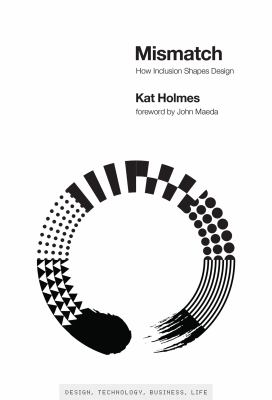
print
|
Mismatch : how inclusion shapes design
Copies
1 Total copies, 1 Copies are in,
0 Copies are out.
Authors
Language
English
Series
Dimensions
21 cm.







